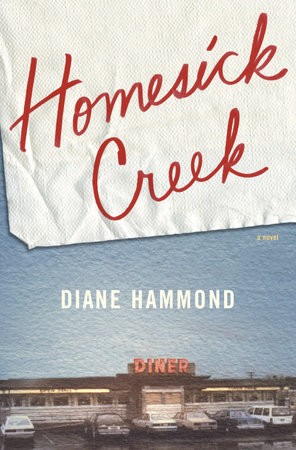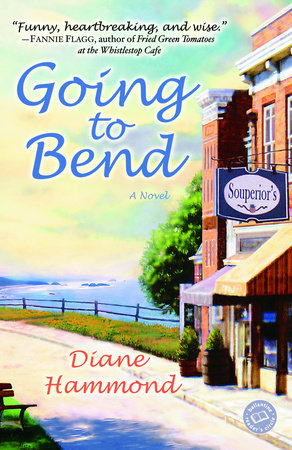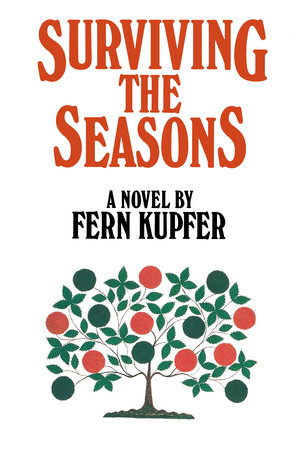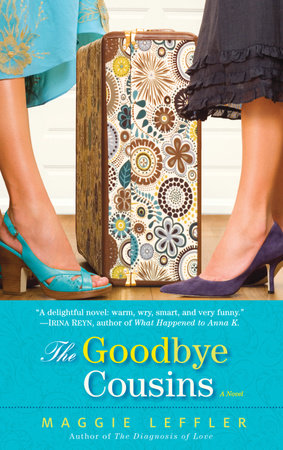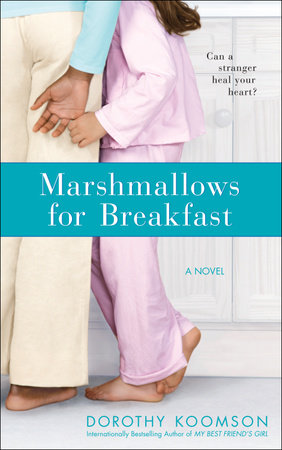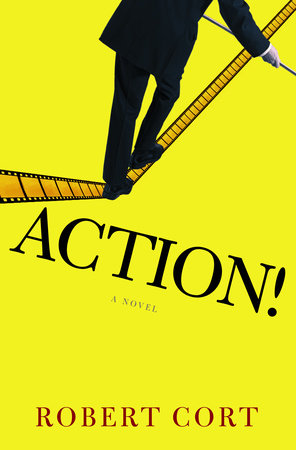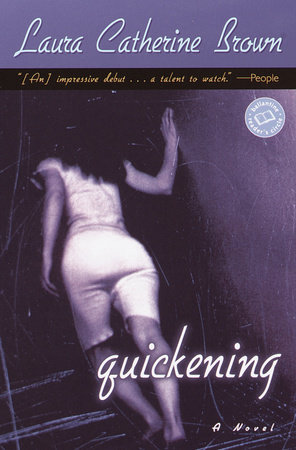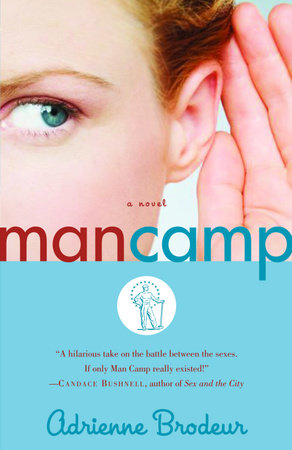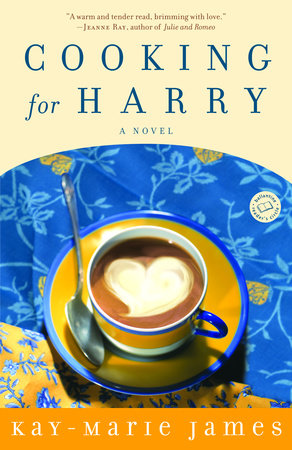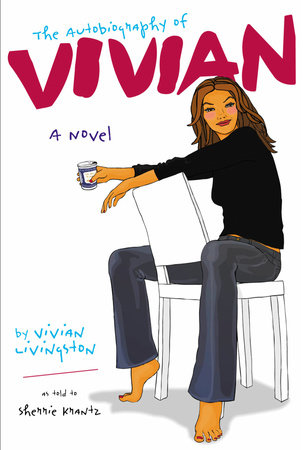Author Q&A
A CONVERSATION WITH DIANE HAMMOND
Q: How did you first come up with the ideas or stories for Homesick Creek?
A: My books always start with characters rather than plots. In the case of Homesick Creek, I began with Bob and Hack, about whom I knew just one thing apiece. Hack had been responsible for the death of the one person in his life he loved completely, and Bob, who was married, had had a long-term, clandestine homosexual affair from which he’d contracted AIDS. Neither Bunny nor Anita, their wives, knew either of these things. One of them never would know.
Q: Why those two events?
A: Most of us experience a defining moment, event or circumstance that we then spend the rest of our lives integrating, processing, getting over or running from. For a sixteen-year-old girl in my hometown years ago, that defining moment was a car accident in which her younger brother and sister were killed. The girl was driving, and had had her driver’s license for just one week. I’ve never forgotten her. How would you move on from something like that? How could you? I gave this dilemma to Hack. In the early 1980’s, a distant relative-in-law of mine who lived in the country’s heartland died of pneumonia after a year-long, wasting intestinal illness of unknown origin. It didn’t seem to add up–he was only in his late thirties–until I remembered that when this man and his family had visited my husband and me in Washington, D.C. several years earlier, he had left his wife and children in a motel room each evening and ventured forth alone “to explore.” What if he had been seeking out gay men on the sly and had contracted AIDS? The disease was just emerging then; it was possible. From that departure point the dilemma grows and grows. How do you tell your spouse, if you are deeply closeted? Do you tell your spouse? If you do, awful things may happen. If you don’t, awful things may happen. I don’t know whether or not this was actually the case for my relative, but out of such speculation Bob was born, and with him, a set of harrowing choices.
Q: How could you let Bob keep his HIV status a secret from Anita when he knew it would kill her?
A: I had always assumed that at some point Bob would tell Anita about his HIV status and what had led up to it, but in the writing I kept putting it off. I finally realized that that was exactly how Bob would deal with the problem, too. The soundtrack playing behind most of his adult life was a love song to Anita, a nearly-beautiful woman who had chosen him over other men. He knew he was weak and ineffectual: he drank too much, he couldn’t hold down a job, he disappeared regularly. And yet, she stayed with him. He didn’t fear his own death–or Anita’s– nearly as much as he feared the thought that Anita might die seeing him for what he really was. In his own words, he “couldn’t have that.” So instead he arranged for her a death of transcendent beauty in a house that was, if only for a few hours, her own. In the late 1980s, AIDS was not only a death sentence, but the death itself usually followed protracted and terrible illness. By handling things as he did, Bob spared her from knowing what she faced, and ensured that the end came fast and with dignity. Are these acts of cowardice or strength? Do they damn or redeem him? I don’t know.
Q: Houses are very important to the characters in Homesick Creek. Why?
A: It’s probably not coincidental that houses loom large in Homesick Creek, since I was looking for a house myself while writing it. In fact, the majority of the book was written on my laptop in the front seat of the car while my husband and I drove back and forth between Bend, Oregon, and Tacoma, Washington, hunting for a house and then painting and readying the one we found. Homesick Creek’s characters see their homes as fortresses, status symbols, and spiritual refuges. Anita suffers from house-envy; her rentals become increasingly rundown until Bob gives her a home of her own. Hack, who grew up in squalor, raises the pitch of his double-wide’s roof so that anyone seeing it will assume it’s a classier, stick-built home. Bunny seeks solace in her sewing room, and finds redemption in the sounds of her house at night.
Q: Who are your favorite Homesick Creek characters?
A: Oddly, they’re both bit players: Bunny’s mother Shirl, and Minna Tallhorse. Though otherwise very different, they’re both strong, plainspoken women with an unflinching view of the world around them, women who’ve come by what they have the hard way. The antithesis of Shirl and Minna is Hack’s mother Cherise, a morally bankrupt woman who in nearly every case chooses the easy way out. Cherise is the closest thing to a villain I’ve ever created, but even she was more sad than evil.
Q: Do you believe in good and evil?
A: Categorically? No. I believe in varying degrees of kindness, confusion, devotion, misery, and exaltation. It’s just too easy to define someone as good or bad. Good people–and I think nearly all people are, to some degree, good–commit acts of meanness, cruelty, and indifference all the time, and sometimes it’s on purpose and sometimes it isn’t. They also commit acts of grace and gratitude and kindness. And that gray area is where the really interesting things happen, for me. Call me morbid, but I’d rather write about the devoted father who left his infant son in the car all morning in the blistering sun because he forgot the child was there than about the dedicated coach who has led his boy’s Little League team to victory.
Q: So what’s next–will your next book be set in Hubbard, Oregon, too?
A: Probably not, though it will almost certainly be set somewhere in the Pacific Northwest. I find the sometimes fierce nature of the region echoes the sometimes fierce nature of the people who live there. And what could be more evocative than that?
